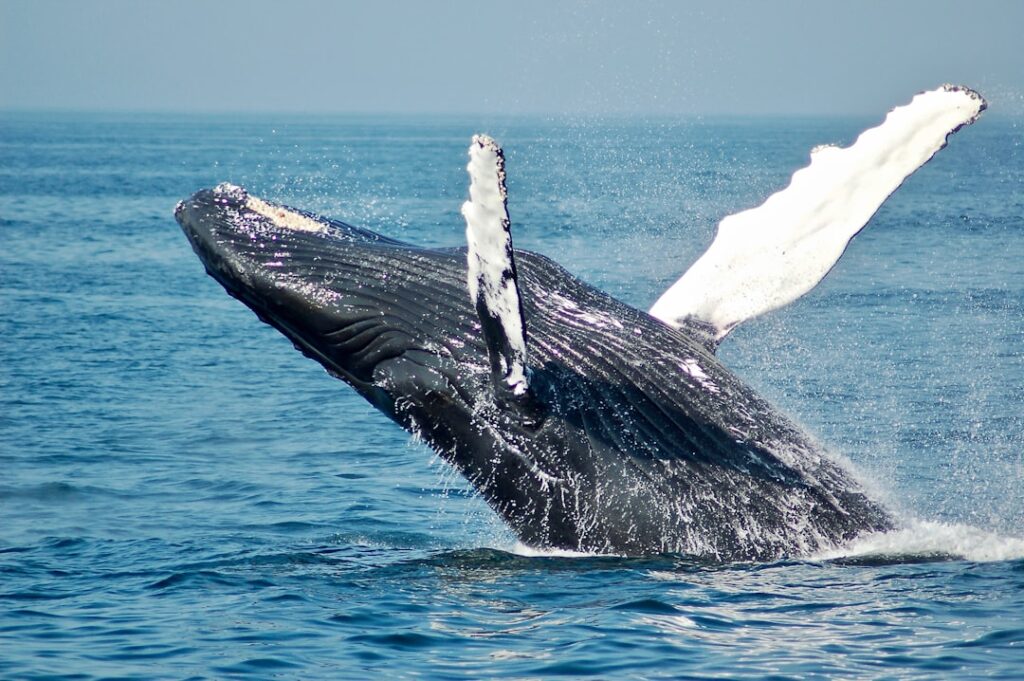The intricate communication of whales has long intrigued and baffled scientists. Their elaborate songs echo through the world’s oceans, a beautiful symphony hinting at complex social structures and cognitive abilities. Now, artificial intelligence (AI) is helping marine biologists unlock the secrets of these underwater giants, offering unprecedented insights into their mysterious world.
The Challenge of Deciphering Whale Language
Whale communication is incredibly complex, with different species having distinct ‘dialects.’ Traditionally, marine scientists have struggled to interpret these vocalizations due to their variability and the difficulties of underwater research. Additionally, human ears cannot perceive some of the low-frequency sounds whales produce, adding a further layer of complexity.
AI: An Innovative Solution
Enter artificial intelligence. AI provides a powerful tool to analyze the vast amounts of audio data collected from whale populations. Machine learning algorithms can identify patterns and nuances in whale vocalizations that are imperceptible to humans.
For example, a team from the National Oceanic and Atmospheric Administration (NOAA) has started using an AI-powered system to monitor whale populations. The system analyzes underwater audio recordings, identifying different species and their activities, which is crucial for conservation efforts.
DeepSqueak: AI for Rodents and Whales
AI technology is not just for deciphering the language of whales, but also for understanding the communication of other animals. DeepSqueak, an AI tool initially developed to analyze the high-pitched calls of rodents, has been adapted to study whale communication.
A study published in Methods in Ecology and Evolution discussed how this tool was used to analyze more than 1.8 million whale calls, revealing new insights into their complex communication system.
The Future of AI in Marine Biology
As AI continues to evolve, its application in marine biology will likely expand, offering even deeper insights into whale communication and behavior. These insights could transform our understanding of these magnificent marine mammals and aid in their conservation.
AI could also help tackle the challenges posed by climate change and human activity, which increasingly threaten marine ecosystems. By monitoring whale communication, we can better understand their responses to these threats and develop effective strategies to protect them.
A world where we can fully understand the language of whales may not be too distant. And it’s remarkable to think that this breakthrough could be powered by the same technology that recommends your next Netflix binge or predicts tomorrow’s weather.

